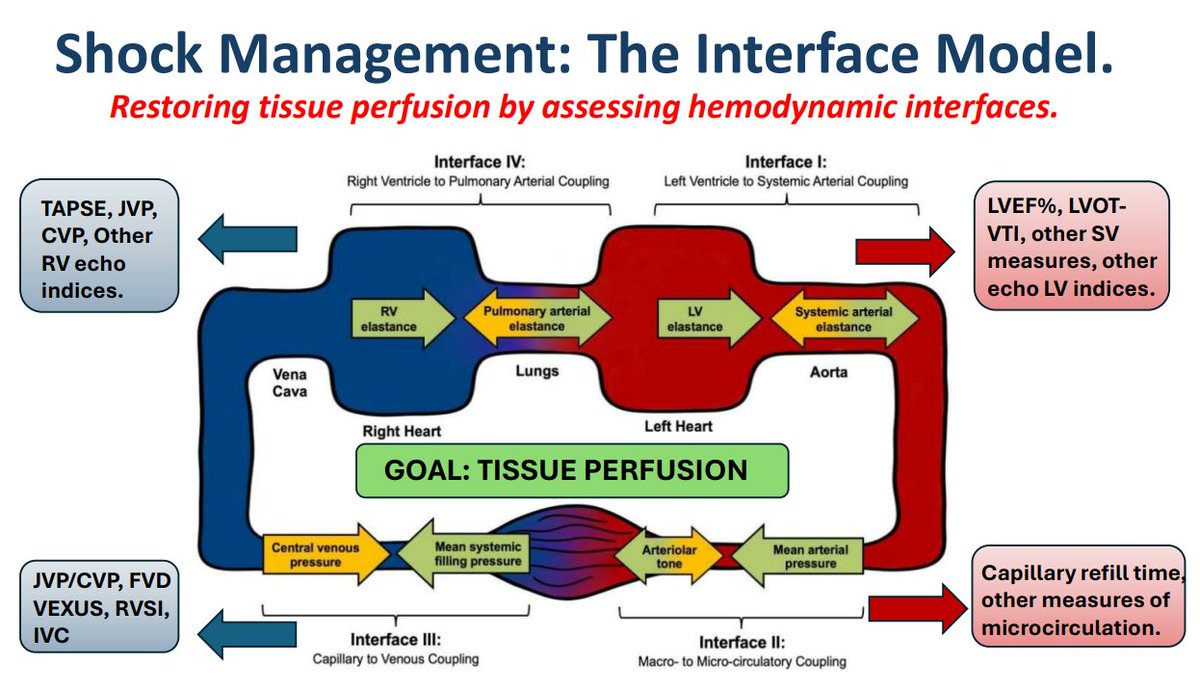
/
In this 174th episode I welcome back Dr. Gillian Isaac to discuss another 2 highly tested ABA keywords, OR fires and electrical safety in the OR.
CME: https://earnc.me/Adkacw
OR Fires
Fire Triangle (2:52)
Most important aspect of OR fire management? (3:22)
Risk for airway fire during laser resection of tracheal tumor DECREASED in
A. CO2 rather than GAD laser
B. Helium > 60%
C. N2O > 60%
D. PVC ETT
E. Halothane in mixture
Reasons for selecting cuffed ETT over uncuffed include all of the following except
A. Few intubations w/ ETT needed
B. Less chance for airway fires
C. Spontaneous breathing easier
D. Aspiration of gastric contents less likely
Reduction of airway fire during laser surgery of airway best accomplished by use of
A. Continuous mode laser emissions
B. Nitrous oxide, opioid, relaxant technique
C. PVC ETT and cuff
D. Topical lido
E. Saline filled sponges over exposed tissues
During surgery CO2 lasers, which inhaled gas mixture is least likely to promote combustion of endotracheal tube?
A. O2 25%, He 75%
B. O2 25%, N2 75%
C. O2 25%, N2O 75%
D. O2 50%, N2 50%
E. O2 50%, N2O 50%
What to do in non-airway fire? (11:45)
What to do in airway fire? “Stop O2” or “pull ETT”, which first? (12:03)
During laser microsurgery of larynx w/ ETT, fire occurs in airway. Most appropriate initial management?
A. Decrease FIO2
B. Saline into ETT
C. Perform cricothyroidotomy
D. Remove ETT
E. Ventilate w/ air
During laser excision, dark smoke suddenly appears in surgical field. Trachea intubated, anesthesia maintained w/ halothane, nitrous, oxygen. Most appropriate initial step?
A. Change gas to air
B. Fill oropharynx w/ water
C. Water into ETT
D. Remove ETT
E. Ventilate w/ CO2
Two hours after sustaining burn to head/chest/neck, patient has stridor and difficulty breathing. Most appropriate initial management?
A. Admin aerosolized norepinephrine
B. Admin helium oxygen
C. Intubate
D. Admin dexamethasone
E. Tracheostomy
Laser safety eye protection for OR staff needed. Clear wrap around goggles adequate with what kind of laser?
A. Argon
B. Nd-YAG
C. CO2
D. None of the above
Of the following lasers, which penetrates tissue most?
A. Argon
B. Helium neon
C. Nd-YAG
D. CO2
If you plug in bear hugger, and LIM goes off, what should you do? (22:43)
Which of following is indicated by an alarming LIM?
A. Electrical shock to patient
B. Power surge in main hospital supply
C. Disconnection of patient to electrocautery grounding pad
D. Overload of OR circuit
E. Presence of current leak between OR electrical device and ground
Line isolation monitor
A. Prevents microshock
B. Prevents macroshock
C. Provides electrical isolation in OR
D. Sounds alarm when grounding occurs in OR
E. Provides safe electrical ground
Which of following causes LIM to alarm?
A. Discharge static electricity
B. Flow of current to ground in isolating circuit
C. Interruption of current to electrical outlets caused by circuit breaker
D.Total electrical current exceeding circuit capacity
In the OR
A. Conductive floors necessary for electrical safety
B. ECG monitors may be used as grounding source
C. Improperly grounded electrocautery causes VF
D. Isolation transformer offers no protection against micro-electrocution
E. LIM will interrupt power automatically when excess leakage to ground detected
Minimum macroshock required to deliver defibrillation
A. 1mA
B. 10 mA
C. 100 mA
D. 500 mA
E. 5000 mA
Fundamental difference of macroshock vs microshock?
A. Location
B. Duration
C. Voltage
D. Capacitance
E. Lethality
Leakage current and microshock hazards has been eliminated by
A. Isolation transformer
B. Conductive flooring
C. 3-wire grounding system
D. LIM
E. None above
Reason patient not burned by return of energy from patient to Bovie?
A. Coag side is + relative to ground side
B. Resistance in body attenuates energy
C. Exit current density much less
D. Overall energy delivered too small
Which of following decreases risk for burns during Bovie?
A. Conductive flooring
B. Grounding of patient to OR table
C. Increase resistance of current at return electrode
D. Isolation of current output of ESU
E. Replacement of return electrode at distance from surgical site
After removing electrocautery pad from thigh, burn noted. Which of following most likely contributed to injury?
A. LIM fault
B. Leak from ECG module
C. Defective grounding of ESU
D. Dry gel on pad
E. Excessive current settings
Burn found at site of Bovie pad. Which of following most likely?
A. ESU in bipolar mode
B. Pad partially detached
C. ESU line severed
D. LIM alarm that patient became grounded
Outline by Dr. Brian Park
See other interactive posts










